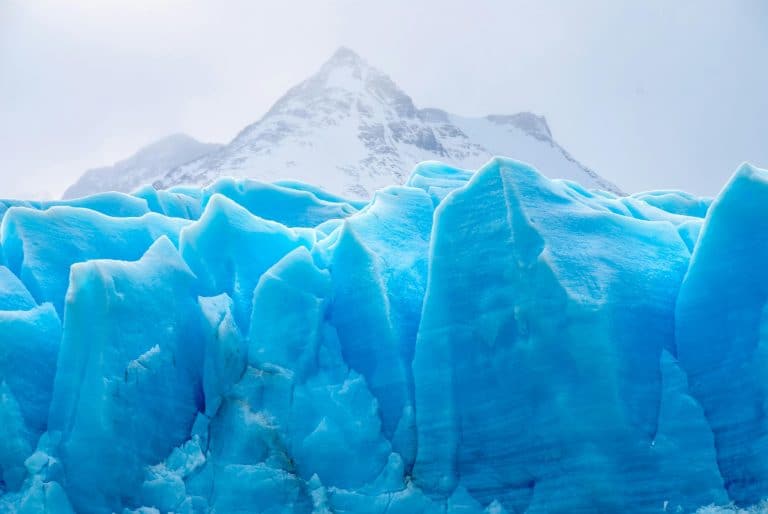Now is a good time to think about climate change. The impact of changes to the climate caused by emissions is already evident. The greenhouse effect has contributed to rising temperatures. Also, extreme weather patterns have caused distress. These weather patterns include droughts, floods, and wildfires. Water and food supplies are at risk. Also at risk are the coral reefs that many species depend on. Steps taken today can mitigate further deleterious impacts to the planet. For instance, we can reduce emissions of greenhouse gases.
1. General Climate Change Overview
Climate change is a present-day concern. NASA states: “Global climate change is not a future problem.” Many predicted climate-related results of human emissions exist now. According to NASA, these results include “melting glaciers and ice sheets.” Another worrying result of climate change is a rise in sea level. Scientists predict a continuing temperature rise. It is also anticipated that extreme weather events will cause more damage.
Steps can be taken to mitigate the potentially detrimental impacts of climate change. According to NASA, the long-lasting impacts “will depend on the path of future human activities.” A reduction in human emissions may be helpful. NASA states that, through emission reduction, we “may avoid some of the worst effects.” Not taking action to limit greenhouse gas emissions could continue the current dangerous climate patterns.
2. Climate Impacts of the Greenhouse Effect
The atmospheric accumulation of emitted gases causes the greenhouse effect. Just Energy states these are “carbon dioxide, methane, nitrous oxide, tropospheric ozone, and chlorofluorocarbons (CFCs).” The gases emitted into the atmosphere, causing the greenhouse effect, are known as greenhouse gases
The greenhouse effect happens in two parts. According to Just Energy, “shortwave energy from the sun” can travel down from the atmosphere. Greenhouse gases in the atmosphere allow this energy through. This energy then adds warmth to the surface of the planet. The greenhouse gases then trap longwave radiation. Just Energy explains that longwave radiation is “the energy that radiates from the planet’s surface.” The trapped longwave radiation has a warming effect on Earth’s land, air, and oceans.
3. Predicted Climate Impacts by Region
Regions of the world are facing a variety of climate-related issues. According to the U.S. Geological Survey (USGS), changes may include heat waves and thawing permafrost. The USGS presents “regional impacts of global change forecast by the Intergovernmental Panel on Climate Change.”
Asia is predicted to face flooding risks at coastal locations. The USGS states that freshwater availability in Asian regions may be in jeopardy. According to the USGS, accessibility to this resource is “projected to decrease… by the 2050s.” The USGS reports that Africa will also face “increased water stress.” A lack of water could impact agricultural yields and food supplies.
Latin America is also predicted to face changes in the accessibility of water. The availability of water for people to consume could be impacted. The USGS also reports that these changes could affect “agriculture and energy generation.” USGS states that Europe’s inland areas are set to face flash floods. The USGS also describes possibilities of “more frequent coastal flooding and increased erosion from storms.” North America’s heat waves are set to increase in length and intensity. They are also predicted to occur more frequently.
Possible Extended Results
Just Energy warns: “Global warming… puts human health at risk.” For example, resulting droughts and wildfires can deplete air quality. Just Energy states this can prompt “hospitalizations for lung illnesses, bronchitis, and other breathing problems.” An increase in the presence of allergens can also cause respiratory distress.
The extended effects of climate change can also impact animals. Coral reefs, for instance, are at risk. Just Energy advises: “Coral reefs are also in danger from warming water.” Many different underwater species rely on coral reefs. A quarter of all marine life could disappear if coral reefs were to disappear.








